Come join us now, and enjoy playing your beloved music and browse through great scores of every level and styles!
Can’t find the songbook you’re looking for? Please, email us at: sheetmusiclibrarypdf@gmail.com We’d like to help you!
Table of Contents
William Grant Still: Three Visions (Suite for piano solo)
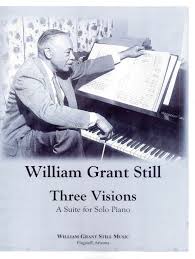
Best Sheet Music download from our Library.
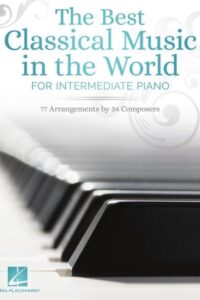
Please, subscribe to our Library.
If you are already a subscriber, please, check our NEW SCORES’ page every month for new sheet music. THANK YOU!
0:00 – Dark Horseman 1:30 – Summerland 6:00 – Radiant pinnacle
Browse in the Library:
Or browse in the categories menus & download the Library Catalog PDF:
William Grant Still
William Grant Still (1895 – 1978) was an American composer, arranger, conductor, and multi-instrumentalist, often called “the Dean of African American composers.” He was the first African American to have a symphony performed by a major orchestra in the United States, the first to conduct a major symphony orchestra, and the first to have an opera produced by a major opera company.

Early Life and Education
- Born on May 11, 1895, in Woodville, Mississippi, and raised in Little Rock, Arkansas.
- His father died when he was an infant, and his mother, a teacher, encouraged his musical interests.
- Studied at Wilberforce University, where he initially pursued medicine but shifted to music.
- Later trained at the Oberlin Conservatory of Music, then studied composition with George Whitefield Chadwick and later with avant-garde composer Edgard Varèse in New York.
Career and Achievements
- Worked as an arranger for popular and jazz bands in New York, including for W. C. Handy and Paul Whiteman.
- Became involved with the Harlem Renaissance, blending African American musical traditions with classical forms.
- His Symphony No. 1 “Afro-American” (1930) was the first symphony by an African American to be performed by a major U.S. orchestra (Rochester Philharmonic, 1931).
- Conducted the Los Angeles Philharmonic at the Hollywood Bowl in 1936, making him the first African American to lead a major orchestra in the U.S.
- His opera Troubled Island (1939, libretto by Langston Hughes and Verna Arvey) was the first by an African American staged by a major company (New York City Opera, 1949).
Musical Style
- Fused classical European traditions with African American idioms: blues, spirituals, jazz, and folk tunes.
- Emphasized lyricism, accessibility, and cultural expression rather than strict modernist abstraction.
- Advocated for a distinctly American classical music rooted in Black cultural traditions.
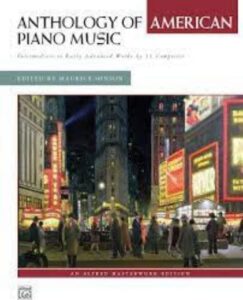
Notable Works
- Symphonies: Afro-American Symphony (No. 1), Song of a New Race (No. 2), The Sunday Symphony (No. 3), Autochthonous Symphony (No. 4), Western Hemisphere Symphony (No. 5).
- Operas: Troubled Island, A Bayou Legend, Highway 1, U.S.A.
- Chamber & Vocal Music: Lyric Quartette, Danzas de Panama, many art songs.
- Also wrote for radio, film, and popular ensembles.
Legacy
- Broke multiple racial barriers in American classical music.
- Opened doors for later generations of African American composers and performers.
- His works are increasingly studied and performed, recognized as cornerstones of 20th-century American music.
- Died in Los Angeles, California, on December 3, 1978.
William Grant Still’s music stands out for celebrating African American heritage within the classical tradition, offering a unique and dignified voice at a time when systemic racism excluded many Black composers from mainstream recognition.
Three Visions (1935) is one of William Grant Still’s most powerful works for solo piano. It is a short suite in three movements, deeply symbolic, written during the Harlem Renaissance period when Still was developing a distinctive African American voice within classical idioms. The suite is often regarded as a spiritual and philosophical statement on the human soul’s journey after death.
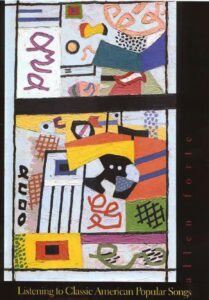
Three Visions (1935) Overview and Musical Analysis
- Title: Three Visions (for solo piano)
- Date: 1935
- Movements:
- Dark Horsemen
- Summerland
- Radiant Pinnacle
- Theme: The cycle represents the progression of the human soul: confrontation with death, passage to spiritual peace, and ultimate ascension.
1. Dark Horsemen
- Character: Turbulent, dissonant, and rhythmically urgent.
- Musical features:
- Rapid ostinati and syncopations drive the texture.
- Dense chords, sharp dynamics, and angular melodies suggest violence and inevitability — the soul’s confrontation with mortality.
- Harmonic language: rooted in tonal centers but heavily chromatic, with influences from early modernism (Still studied with Varèse).
- Strong percussive writing evokes imagery of galloping horses (possibly a reference to the biblical Four Horsemen of the Apocalypse).
Interpretation: This movement symbolizes the struggle and chaos of death, the breaking away of the soul from earthly ties.
2. Summerland
- Character: Gentle, lyrical, and serene — the most frequently performed movement.
- Musical features:
- Lush, hymn-like melody in the middle register, often played with a singing legato.
- Rich Romantic harmonies, influenced by Chopin and Debussy but colored with blues-inflected lines.
- Transparent texture, long sustained chords, and rubato create a meditative atmosphere.
- Tonal stability (often interpreted in D♭ major) provides calmness.
Interpretation: Summerland represents the spiritual paradise the soul reaches after death — peaceful rest and eternal beauty.
This movement is sometimes performed alone as an independent concert piece or even arranged for orchestra.
3. Radiant Pinnacle
- Character: Triumphant, luminous, and ascending.
- Musical features:
- Energetic rhythms, sweeping arpeggios, and brighter harmonies than in the previous movements.
- Builds momentum with a sense of striving upward, often through sequences and rising melodic gestures.
- Tonal clarity, major sonorities, and climactic chords express transcendence.
- Harmonically more consonant than Dark Horsemen, but with modern chromatic coloring.
Interpretation: This final movement depicts the soul’s union with the divine, ascending to its highest state — ultimate illumination.
Stylistic Significance
- Still fuses African American spiritual aesthetics (hymn-like phrasing, blues shadings, and rhythmic vitality) with Romantic piano traditions and 20th-century modernism.
- The three movements form a narrative arc: struggle → peace → transcendence.
- Philosophically, the suite echoes African American religious culture, yet framed in a universal human story of death and renewal.
In short, Three Visions is both a musical poem and a spiritual statement. It demonstrates Still’s ability to merge classical craft with African American cultural expression, creating a deeply humanistic and uplifting work.
Perfect — let’s dive into a harmonic walkthrough of “Summerland” from William Grant Still’s Three Visions. Since this movement is often performed alone and is the most tonal of the suite, it lends itself beautifully to harmonic analysis.
(Note: Exact bar numbers vary depending on the edition, but I’ll give the progression in sections. The piece is most often read in D♭ major.)
“Summerland” — Harmonic Analysis
Opening (mm. 1–4)
- Key: D♭ major
- Chords:
- I (D♭ major) — tonic established gently, hymn-like.
- IV (G♭ major) with added 6th/9th sonorities.
- I again, enriched by suspensions and inner voice motion.
The effect is calm, hymn-like stability. Still avoids strong cadences, instead sustaining a floating atmosphere.
First Phrase (mm. 5–12)
- Melody enters in the middle register, supported by soft chords.
- Progression:
- I → V/vi → vi (B♭ minor) → ii (E♭ minor) → V (A♭ major).
- Resolves back to I (D♭).
This is a classical diatonic motion but with added-color tones (6ths, 9ths), giving a Debussy-like lushness. The move to vi and ii emphasizes a spiritual, tender quality rather than dramatic tension.
Second Phrase (mm. 13–20)
- More chromaticism enters.
- Chords:
- I → ♭VII (C♭ major) → IV (G♭) → ii7 (E♭m7) → V7 (A♭7).
- Resolution: cadences softly back to I.
The use of ♭VII (C♭) is borrowed from folk/blues progressions. It enriches the harmony with a distinctly African American inflection inside an otherwise classical framework.
Climactic Middle Section (mm. 21–32)
- Harmonically more adventurous:
- Alternation between vi (B♭ minor) and IV (G♭ major).
- Sequence through chromatic mediants: I (D♭) → iii (F minor) → V/ii (F7) → ii (E♭ minor).
- Approaches V7 (A♭7) with stronger rhythm and dynamics.
The chromatic mediant shifts (D♭ → Fm → A♭) give the impression of warmth and expansion — the soul ascending in vision.
Return (mm. 33–40)
- Recapitulation of the opening theme.
- Progression largely tonic (I), with embellishments:
- I → IV → ii7 → V7 → I.
- Still decorates the chords with added 9ths and 11ths, keeping the sound lush and modern.
Coda (mm. 41–end)
- Gentle descent, cadencing finally on a pure I (D♭ major).
- Chords sustain with long fermatas, creating timeless stillness.
The coda is essentially a plagal cadence (IV → I), which resonates with the feeling of a hymn or spiritual.
Summary of Harmonic Style in “Summerland”
- Foundation: Firmly tonal, centered in D♭ major.
- Coloration: Use of added 6ths, 9ths, 11ths for lush textures.
- African American inflection:
- Borrowed ♭VII (C♭ major) → I.
- Blues-like coloring of melodic lines (flattened 3rd, 7th inflections).
- Narrative arc: Gentle tonic → chromatic expansion → luminous return.
- Effect: A meditative vision of paradise — serenity, lyricism, timeless rest.
So, harmonically, Summerland balances European Romanticism (Chopin, Debussy) with African American idioms (bluesy modal borrowing, plagal cadences). This is why it feels both “classical” and “soulful.”
| Artist or Composer / Score name | Cover | List of Contents |
|---|---|---|
| Lady Gaga Songbook (Piano & Voice Soce) |
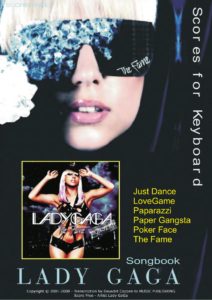 |
Lady Gaga Songbook (Piano & Voice Soce) |
| Lady Gaga Speechless Sheet Music |
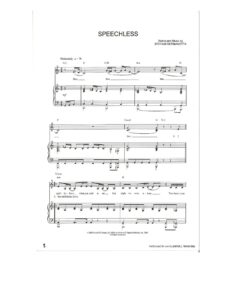 |
|
| Lady Gaga The Fame (Songbook) |
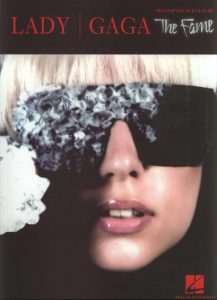 |
Lay Gaga |
| Lady Gaga, Bruno Mars – Die With A Smile | Lady Gaga, Bruno Mars – Die With A Smile | |
| Lágrima – Francesc D’assís Tàrrega I Eixea (Musescore File).mscz | ||
| Lalo Schifrin Bullitt Theme Piano Solo | Lalo Schifrin Bullitt Theme Piano Solo | |
| Lalo Schifrin Mannix Theme Piano Solo | Lalo Schifrin Mannix Theme Piano Solo | |
| Lalo Schifrin Mission Impossible Piano Solo |
 |
|
| Lambert As Ballad |
 |
|
| Lambert Leicester |
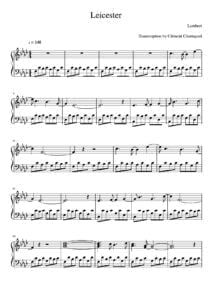 |
|
| Lambert Skye |
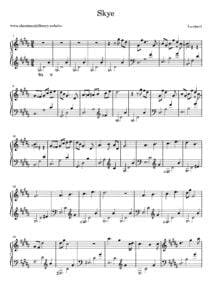 |
|
| Lambert Stay In The Dark |
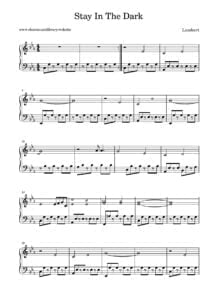 |
|
| Lambert Sweet Apocalypse |
 |
|
| Lambert – As Ballad (Musescore File).mscz | ||
| Lambert – Skye (Musescore File).mscz | ||
| Lambert – Stay In The Dark (Musescore File).mscz | ||
| Lambert – Sweet Apocalypse (Musescore File).mscz | ||
| Lambert, Donald – 15 Great Solos For Piano Transcribed By Paul Marcorelles |
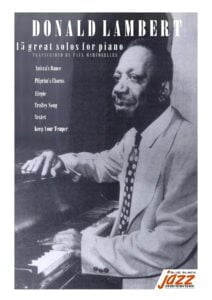 |
Lambert, Donald – 15 Great Solos For Piano Transcribed By Paul Marcorelles |
| Lana Del Rey Born To Die (Songbook) |
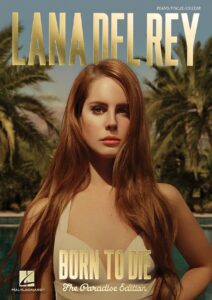 |
Lana Del Rey Born To Die (Songbook) |
| Lana Del Rey – Summertime Sadness Piano Solo |
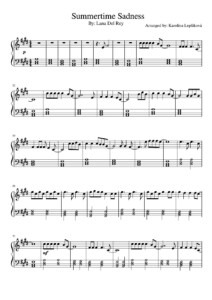 |
|
| Lana Del Rey and Cedric Gervais Summertime Sadness Piano Vocal Guitar |
 |
Lana Del Rey Born To Die (Songbook) |
| Lana Del Rey Paris, Texas Piano Solo |
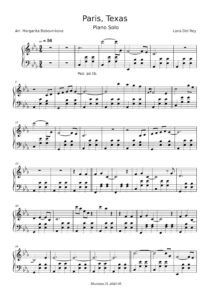 |
|
| Lana Del Rey Young & Beautiful |
 |
|
| Lang Lang – Journey of a thousand miles 1982 (Book) Autobiography |
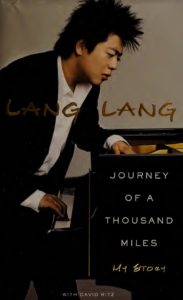 |
|
| Lang Lang – Playing with Flying Keys (Book) Biography |
 |
|
| Lang Lang Piano Academy The Lang Lang Piano Method Level 1 (Lang Lang) |
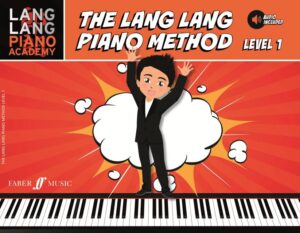 |
|
| Lang Lang Piano Academy The Lang Lang Piano Method Level 2 (Lang Lang) |
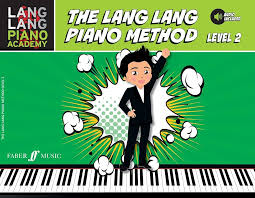 |
|
| Lang Lang Piano Academy The Lang Lang Piano Method Level 3 (Lang Lang) |
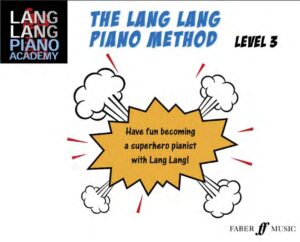 |
|
| Lang Lang Piano Academy The Lang Lang Piano Method Level 4 (Lang Lang) |
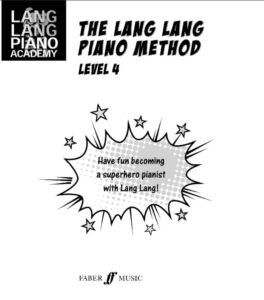 |
|
| Lang Lang Piano Academy The Lang Lang Piano Method Level 5 (Lang Lang) |
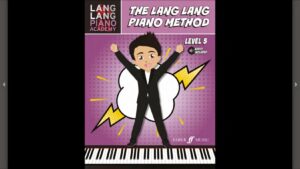 |
|
| Lang Lang The Disney Book Do You Want to Build a Snowman Piano Solo | Lang Lang The Disney Book Do You Want to Build a Snowman Piano Solo_compressed | |
| Lang Lang The Disney Book Mary Poppins Fantasy Piano Solo | Lang Lang The Disney Book Mary Poppins Fantasy Piano Solo | |
| Lang Lang The Disney Book Piano Solo It’s a Small World Piano Solo | Lang Lang The Disney Book Piano Solo It’s a Small World Piano Solo | |
| Lang Lang The Disney Book Piano Solo Someday My Prince Will Come Piano Solo | Lang Lang The Disney Book Piano Solo Someday My Prince Will Come Piano Solo | |
| Lang Lang The Disney Book The Bare Necessities (The Jungle Book) Piano Solo | Lang Lang The Disney Book The Bare Necessities (The Jungle Book) Piano Solo | |
| Lang Lang, Journey Of A Thousand Miles My Story (Chinese) 郎朗,千里之行:我的故事 (朗朗)Ed |
 |
|
| Language, Music, And The Brain By Michael A. Arbib (Book) |
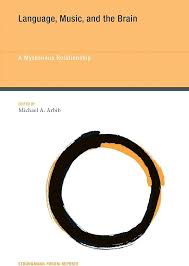 |
|
| Lara Fabian Pure |
 |
|
| Larry Teal The Art Of Saxophone Playing |
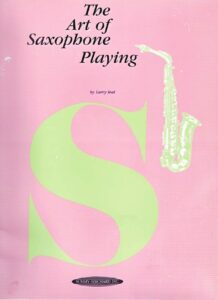 |
|
| Lars Jansson 40 Kompositioner Easy Jazz Piano |
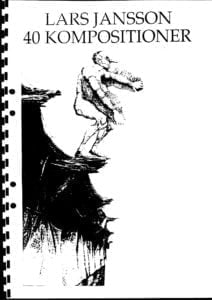 |
Lars Jansson |
| Las Mejores Baladas Para Piano Partituras por Cecilia Félix Porres (con acordes de guitarra) |
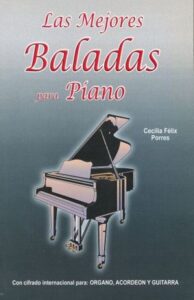 |
Las Mejores Baladas Para Piano Partituras por Cecilia Félix Porres (con acordes de guitarra) |
| Last Christmas (Musescore File).mscz | ||
| Last Christmas Music From The Motion Picture Soundtrack Piano Vocal Guitar |
 |
Last Christmas Music From The Motion Picture Soundtrack Piano Vocal Guitar |
| Last Christmas Wham! (George Michael) |
 |
|
| Last Regrets (Key) | ||
| Late Night Jazz Jazz Piano Solos Series Volume 27 24 selections |
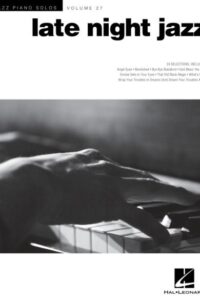 |
Late Night Jazz Jazz Piano Solos Series Volume 27 24 selections |
| Latin And Bossa Piano and Guitar chords |
 |
Latin And Bossa Piano and Guitar chords |
| Latin Fake Book |
 |
Latin Fake Book contents |
| Latin Jazz Jazz Piano Solos Series Volume 03 |
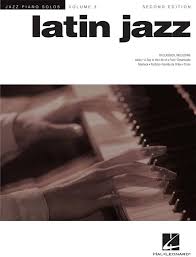 |
Latin Jazz Jazz Piano Solos Series Volume 03 |
| Latin Jazz Piano (with audio MP3) – John Valerio |
 |
John Valerio – Latin Jazz Piano (with MP3) |
| Latin Jazz Piano Technique (by Olegario Díaz) |
 |
|
| Latin Jazz Standards – Jazz Latina (32 canciones favoritas de Jazz) |
 |
Latin Jazz Standards – Jazz Latina (32 canciones favoritas de Jazz) |
| Latin Music The Best Of Latin Music 80 Great Songs |
 |
Latin Music The Best Of Latin Music 80 Great Songs |
| Latin Piano The Bible of – Piano Latino La Biblia del Piano by Alfred Porte |
 |
|
| Latin real book, the – the best contemprary and classic salsa, brazilian music, latin jazz |
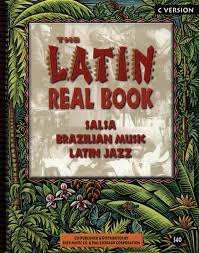 |
Latin Realbook |
| Laundry Service Songbook Shakira |
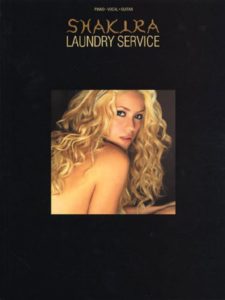 |
Laundry Service Songbook Shakira |
| Laura (Musescore File).mscz | ||
| Laura Nyro The Music Of Laura Nyro The First Songs Piano Vocal |
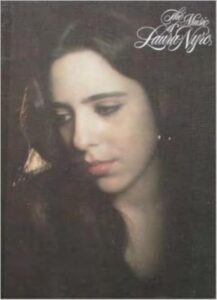 |
Laura Nyro The Music Of Laura Nyro The First Songs |
| Laura Pausini – La Solitudine | ||
| Laura Pausini Resta In Ascolto Songbook |
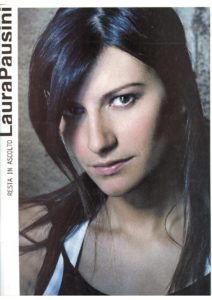 |
Laura Pausini Resta In Ascolto Songbook |
| Laura Shigihara Watery Graves (Plants Vs Zombies) |
 |
|
| Lauren Daigle Look Up Child Piano Vocal Guitar |
 |
Lauren Daigle Look Up Child Piano Vocal Guitar |
| Lauren Wood – Fallen | ||
| Laurie (Musescore File).mscz | ||
| Laurindo Almeida Broadway Solo Guitar |
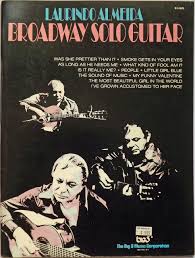 |
Laurindo Almeida Broadway Solo Guitar |
| Laurindo Almeida Contemporary Moods For Classical Guitar |
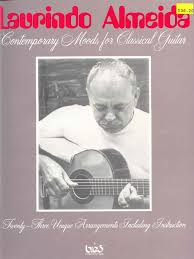 |
Laurindo Almeida Contemporary Moods For Classical Guitar |
| Laverne, Andy – Handbook Of Chord Substitutions |
 |
|
| Lawnhurst, Vee – Keyboard Konversation | Lawnhurst, Vee – Keyboard Konversation | |
| Lay Gaga Shallow (From A Star Is Born) Sheet Music (Lady Gaga and Bradley Cooper) Piano Vocal Guitar |
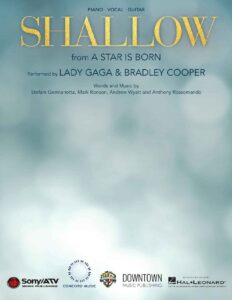 |
|
| LCM Electronic Keyboard Handbook Grades 1 London College of Music Examinations 2021-2024 |
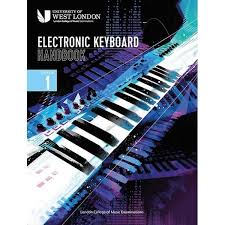 |
|
| LCM Piano Handbook Grades 1 to 8 London College of Music Examinations 2021-2024 (8 volumes) |
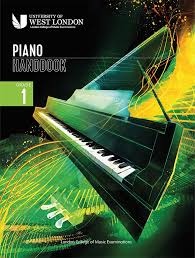 |
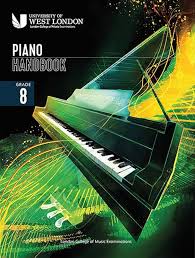 |
| LCM Violin Handbook Grades 1 to 4 London College of Music Examinations (4 Vol.) |
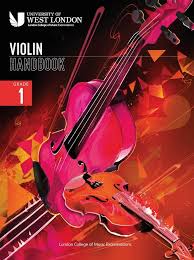 |
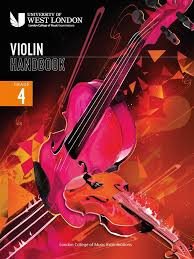 |
| LCME Popular Music Theory Grades 1 to 8 (Complete) London College of Music Examinations Camilla Sheldon and Tony Skinner |
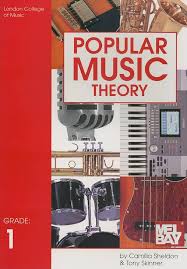 |
|
| Le avventure di Pinocchio – sigla iniziale (Fiorenzo Carpi) | ||
| Le Cinéma Michel Legrand (Musescore File).mscz | ||
| Le Clan des Siciliens (Ennio Morricone) | ||
| Le Cose Che Sei Per Me (The Things You Are To Me) (Musescore File).mscz | ||
| Le Couppey L’agilité Op. 25 (25 Études) Pour Piano |
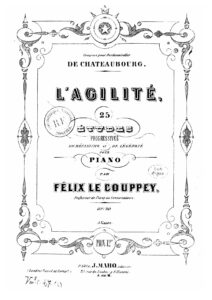 |
|
| Le Couppey L’agilité Op. 25 (25 Études) Pour Piano No. 1.mscz | ||
| Le Couppey – The Alphabet op. 17.mscz | ||
| Le Couppey – The Alphabet, Op 17 | ||
| Le Grand Meaulnes (Philippe Sarde) | ||
| Le Jour où la Colombe (Nana Mouskouri) | ||
| Le Locataire (The Tenant) Philippe Sarde | ||
| Le Notti di Cabiria (Nino Rota) | ||
| Le piano d’Isabelle – Le Temps des Secrets Philippe Rombi |
 |
|
| Le piano de Jeanne – Un homme et son chien OST (Philippe Rombi) | ||
| Le Piano Fait Son Cinema Vol 1 |
 |
Le Piano Fait Son Cinema Vol 1 |
| Le Piano Fait Son Cinema Vol 2 |
 |
Le Piano Fait Son Cinema Vol 2 |
| Le Piano Fait Son Cinema Vol 3 |
 |
Le Piano Fait Son Cinema Vol 3 |
| Le Temps des Secrets (Philippe Rombi) |
 |
|
| Le Vent Le Cri Ennio Morricone (Musescore File).mscz | ||
| Leadbelly NEGRO FOLKS SONGS AS SUNG BY LEAD BELLY (1936) Vintage Book by John and Alan Lomax |
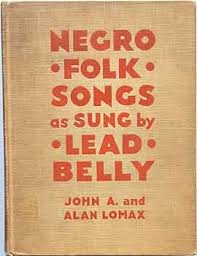 |
|
| League of Legends – The Curse Of The Sad Mummy |
 |
|
| Leann Rimes – Cant Fight The Moonlight | ||
| Leann Rimes – How Do I Live | ||
| Leann Rimes – Life Goes On | ||
| Learn How To Play The Piano despite years of lessons (1976) by Ward Cannel and Fred Marx |
 |
|
| Learn Jazz Piano Book 1 By Paul Abrahams |
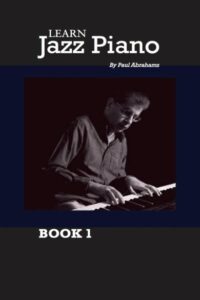 |
|
| Learn Jazz Piano Book 2 By Paul Abrahams |
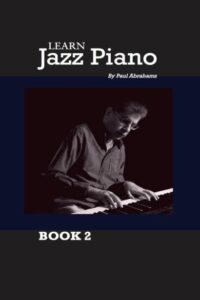 |
|
| Learn Jazz Piano Book 3 By Paul Abrahams |
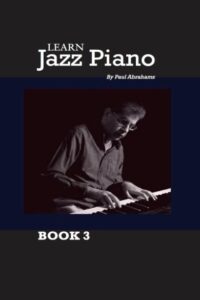 |
|
| Learn Jazz Piano Book 4 By Paul Abrahams |
 |
|
| Learning To Read Music (Peter Nickol) |
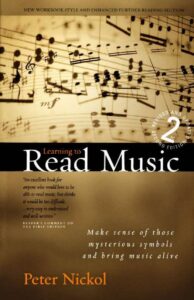 |
|
| Leaving New York – Everybody’s Fine OST (Dario Marianelli) | ||
| Led Zeppelin – 1 Guitar TAB sheet music book |
 |
Led Zeppelin 1 Guitar |
| Led Zeppelin – In Through the Out Door Authentic Guitar TAB (Led Zeppelin) |
 |
Led Zeppelin – In Through the Out Door Authentic Guitar TAB (Led Zeppelin) |
| Led Zeppelin – Stairway To Heaven (Piano Lyrics) | Led-Zeppelin-Stairway-To-Heaven | |
| Led Zeppelin – VI – Physical Graffiti (Off The Record) Score (Guitar Tab Songbook) |
 |
Led Zeppelin – Vi – Physical Graffiti (Off The Record) Score (Guitar Tab Songbook) |
| Led Zeppelin Blues Classics Guitar Tab Songbook |
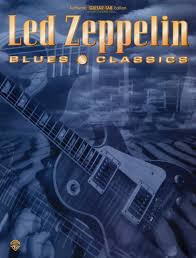 |
 Led Zeppelin Blues Classics Guitar Tab Songbook Led Zeppelin Blues Classics Guitar Tab Songbook |
| Led Zeppelin Classic Led Zeppelin IV Guitar Tabs |
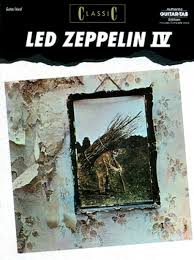 |
|
| Led Zeppelin Complete Scores (Guitar) |
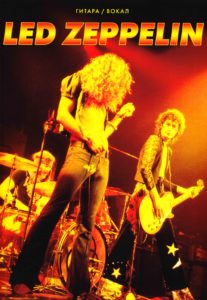 |
Led Zeppelin Complete Scores (Guitar) |
| Led Zeppelin Complete The Five First Albums (piano-guitar-vocal) Songbook |
 |
Led Zeppelin Completethe Five First Albums Piano Guitar Songbook |
| Led Zeppelin Guitar Method With Mp3 Audio Tracks Play Along with Tablature |
 |
Led Zeppelin Guitar Method With Mp3 Audio Tracks Play Along contents |
| Led Zeppelin Guitar Songook – Tab – Stairway To Heaven – Official Book – Complete | Led Zeppelin Stairway to Heaven | |
| LED ZEPPELIN II Guitar Tab Songbook |
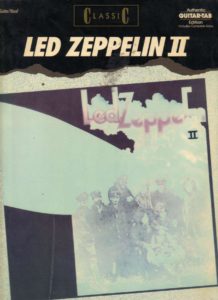 |
LED ZEPPELIN II Guitar Tab Songbook |
| Led Zeppelin II 2nd Album Bass,Guitar,Vocal,Drum Tabs OFF THE RECORD |
 |
Led Zeppelin II Bass,Guitar,Vocal,Drum Tabs |
| Led Zeppelin III 3rd Album (GUITAR) OFF THE RECORD |
 |
Led Zeppelin III – Off the RecordLed Zeppelin III (GUITAR) |
| Led Zeppelin IV 4th Album Guitar Tab Songbook Off the record |
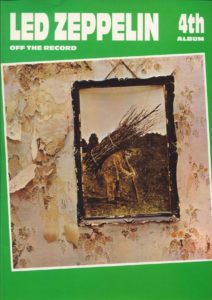 |
Led Zeppelin-IV Guitar Tab Songbook |
| Led Zeppelin Mothership Vocal Guitar TAB Tablature |
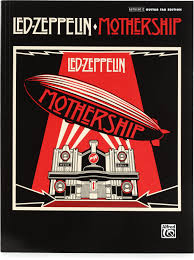 |
Led Zeppelin Mothership Vocal Guitar TAB Tablature |
| Led Zeppelin The Biography (by Bob Spitz) Book |
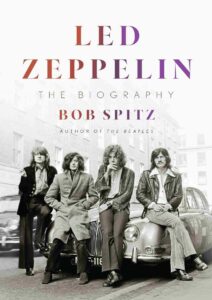 |
Led Zeppelin Classic Led Zeppelin IV Guitar Tabs |
| Led Zeppelin V 5th Album Houses of the Holy Guitar songbook OFF THE RECORD |
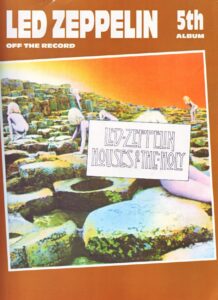 |
Led Zeppelin – Guitar songbook 5Th album |
| Led Zeppelin, And The Power Of Rock Music, And Subjectivity By Susan Fast (Book) |
 |
|
| Lee – All That Im Living For | ||
| Lee Konitz 317 East 32 Konitz Solo V1 Alto Sax |
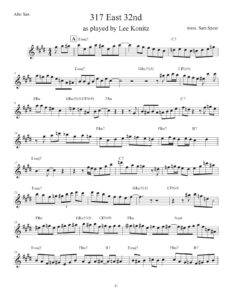 |
|
| Lee Konitz Conversations On The Improviser’s Art (Jazz Perspectives) (Andy Hamilton) Book |
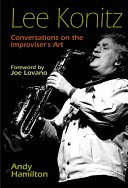 |
|
| Lee Konitz Karys Trance Solo as played on Very Cool Alto Sax |
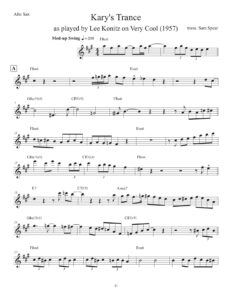 |
|
| Lee Konitz Palo Alto Solo V2 Alto Sax |
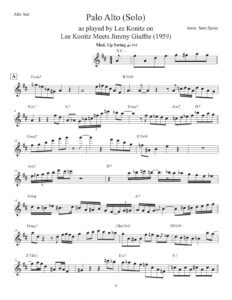 |
|
| Lee Konitz Solos Compilation | Lee Konitz Solos Compilation sheet music | |
| Lee Konitz Subconscious Lee Solo V2 Alto Sax |
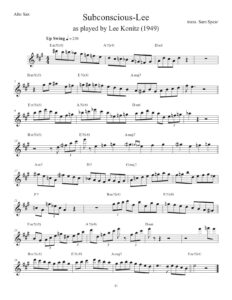 |
|
| Lee Konitz Sunflower Solo Alto Sax |
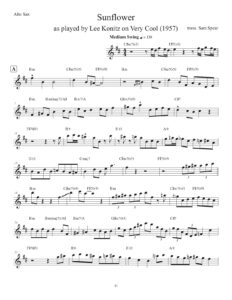 |
|
| Lee Morgan The Double Up C Bb Eb Trumpet |
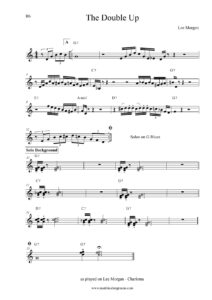 |
|
| Lee Ritenour Artist Transcriptions For Guitar |
 |
Lee Ritenour Artist Transcriptions For Guitar |
| Lee Ritenour Bahia Funk (Guitar) | Lee Ritenour Bahia Funk | |
| Lee Ritenour Etude (Guitar) |
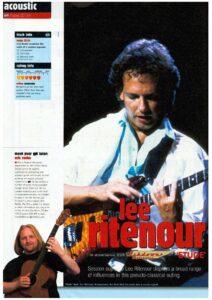 |
|
| Lee Ritenour Night Rhythms (Guitar) |
 |
|
| Legally Blonde The Musical |
 |
Legally Blonde The Musical |
| Legend – The Dance – Tangerine Dream |
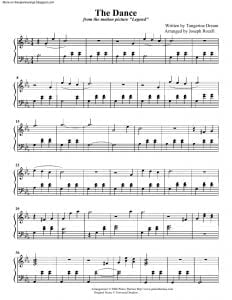 |
|
| Legend Of Korra Piano Medley Sheet Music |
 |
|
| Legend Of Zelda Breath Of The Wild Revali’s Theme |
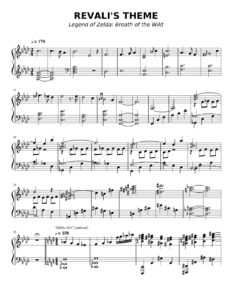 |
|
| Legends of Jazz Guitar Vol One (Book) by Mark Humphrey |
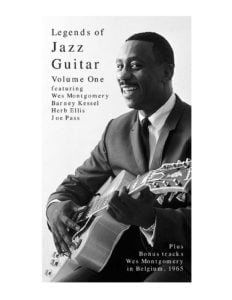 |
f e a t u r i n g We s Mo n t g om e r y Ba r n e y Ke s s el He r b El l i s J o e P a s s |
| Legends Of Jazz Guitar Vol Three (Biographies of Jim Hall, Tal Farlow, Pat Martino, Herb Ellis, Charlie Byrd, Barnie Kessel) Book |
 |
|
| Legends Of Jazz Guitar Vol Two (Biographies of Wes Montgomery, Kenny Burrell, Barney Kessel, Charlie Byrd, Grant Green) Book |
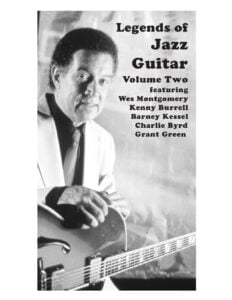 |
|
| Legrand – Noelle’s Theme (from the film The Other Side of Midnight) | Legrand – Noelle’s Theme | |
| Leigh Harline And Ned Washington When You Wish Upon A Star |
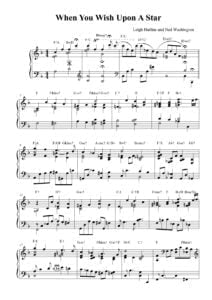 |
|
| Leimer Gieseking La Moderna Ejecucion Pianistica (Español Spanish) (Book) |
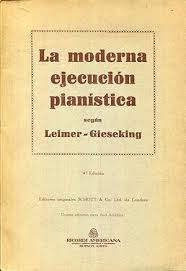 |
|
| Leith Stevens – Destination Moon |
 |
|
| Leliana’s Song (Dragon Age Origins OST) Inon Zur | ||
| Leningrad (William Joseph) | ||
| Lennie Niehaus Jazz Conception For Saxophone Vol.1 Basic with MP3 audio tracks play along |
 |
Lenny Niehaus – Jazz Conception for Saxophone Vol.1 – Basic |
| Lennie Niehaus Clint Eastwood Doe Eyes (Piano Solo Arr.) Love Theme From The Bridges Of Madison County |
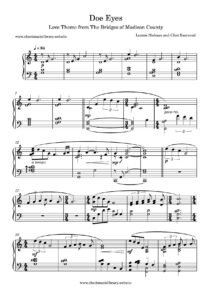 |

